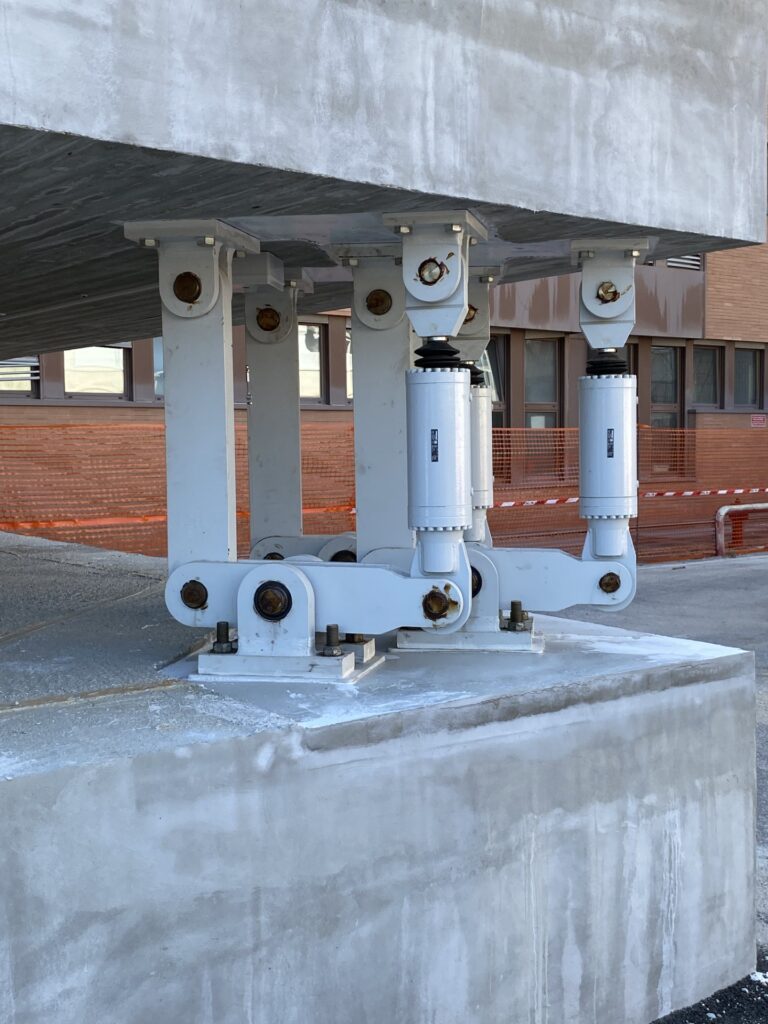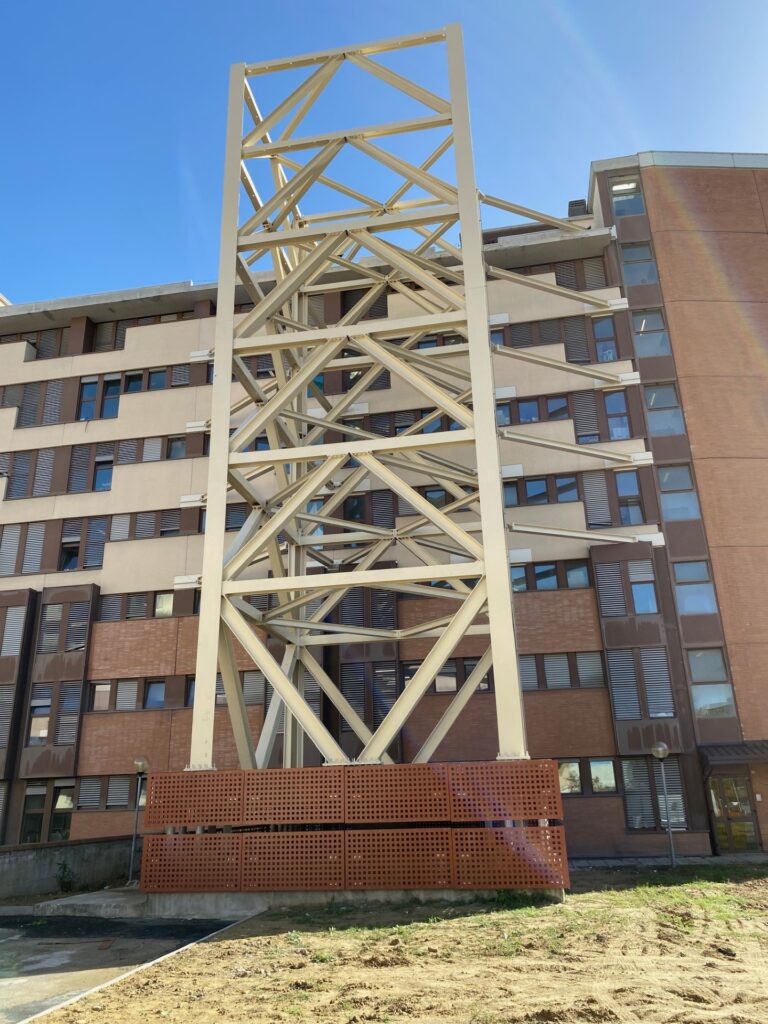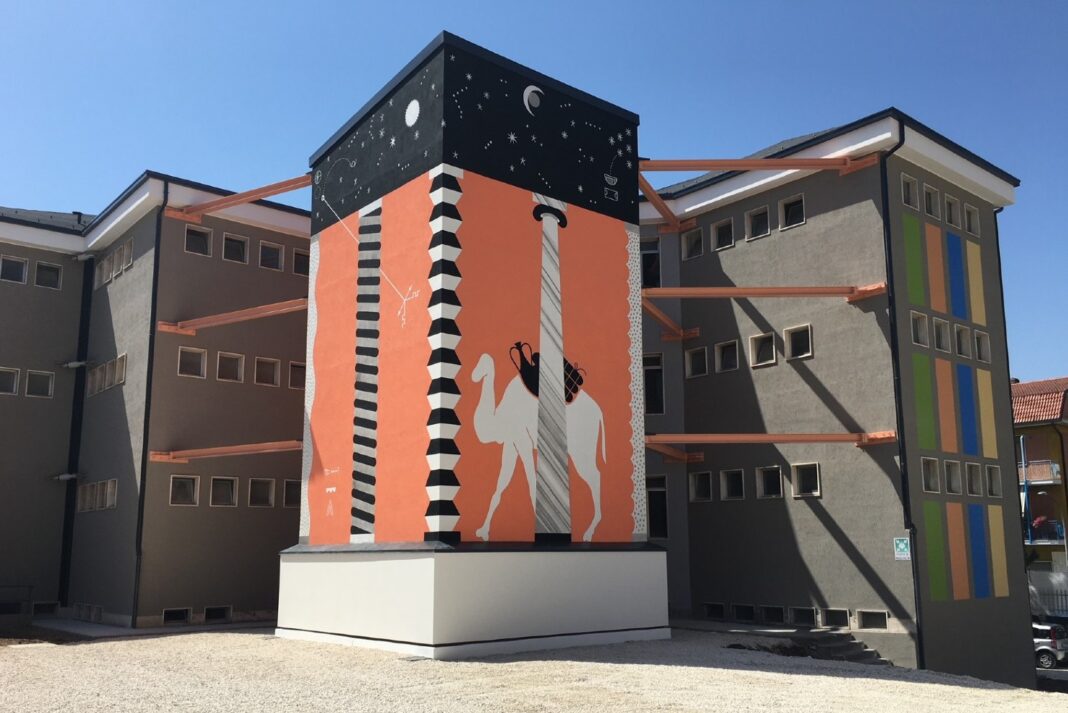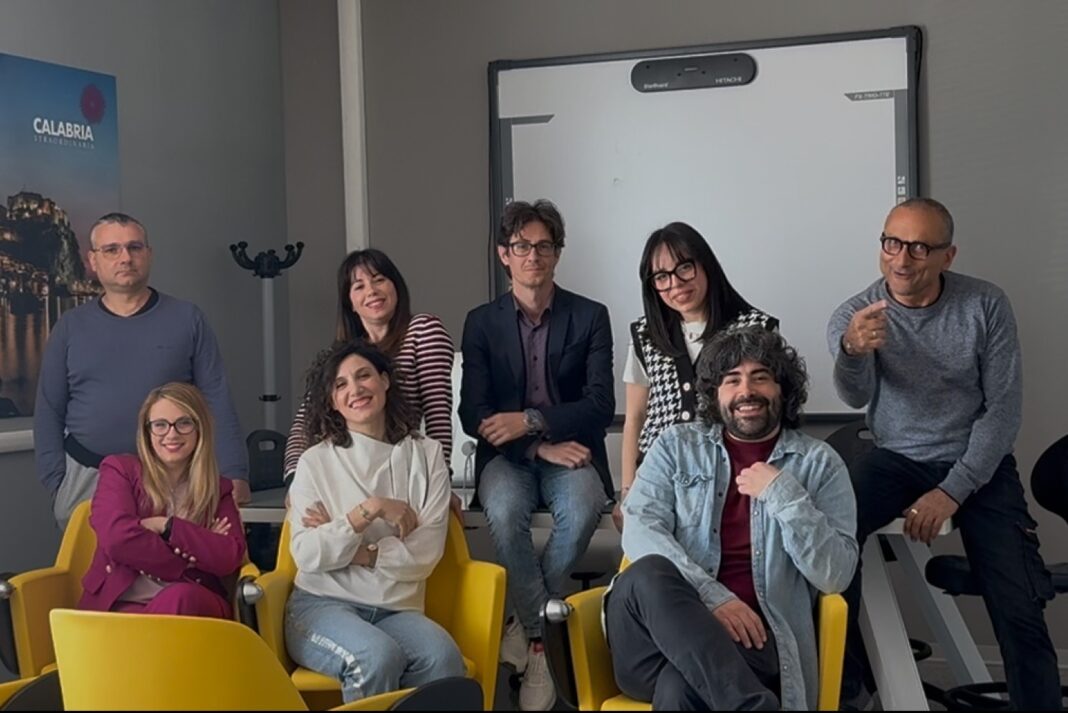The innovative system by Eng. Alessandro Balducci that combines safety, economy, and operational continuity
Making schools and hospitals safe without having to interrupt daily activities, without costly invasive interventions on internal spaces, and at the same time, also improving the functionality and aesthetics of the buildings. This is the challenge that engineer Alessandro Balducci has answered, creator and owner of the patent for Dissipative Towers, an innovative seismic retrofitting system for existing buildings.
“The idea was born precisely while I was working on the safety of strategic structures, particularly hospitals,” says the engineer. “After the L’Aquila earthquake, I realized that a new approach was needed, capable of guaranteeing high seismic protection without the limitations of traditional methods. This is how the Dissipative Towers project was born, ‘International Patent Eng. Alessandro Balducci – Structural protection system for buildings – Patent application n. WO2010EP62748 20100831 – Classification International E04H9/02 Italian concession n.0001395591 class. E04H’.”
Dissipative towers: Seismic safety without compromise
The innovative system by Eng. Alessandro Balducci that combines safety, economy, and operational continuity.
Making schools and hospitals safe without having to interrupt daily activities, without costly invasive interventions on internal spaces, and at the same time, also improving the functionality and aesthetics of the buildings. This is the challenge that engineer Alessandro Balducci has answered, creator and owner of the patent for Dissipative Towers, an innovative seismic retrofitting system for existing buildings.
“The idea was born precisely while I was working on the safety of strategic structures, particularly hospitals,” says the engineer. “After the L’Aquila earthquake, I realized that a new approach was needed, capable of guaranteeing high seismic protection without the limitations of traditional methods. This is how the Dissipative Towers project was born, ‘International Patent Eng. Alessandro Balducci – Structural protection system for buildings – Patent application n. WO2010EP62748 20100831 – Classification International E04H9/02 Italian concession n.0001395591 class. E04H’.”
The technological core of the system
The underlying concept is as simple as it is revolutionary: towers are built outside the building, connected at floor slab level with rigid pendulums and equipped at the base with seismic energy dissipators, the technological heart of the system.

At the base, the towers are constrained on a central spherical hinge support and on perimeter energy dissipation devices. To enhance their effectiveness, the dissipators are mounted on displacement amplification mechanisms and arranged radially to be active in all directions. The recentering of the towers after a seismic event is guaranteed by the elastic restoring force of the existing building.
“Compared to other advanced systems, such as base isolation,” Balducci further explains, “Dissipative Towers offer the advantage of not interfering in any way with internal spaces while ensuring a high level of seismic protection. This is fundamental, for example, for schools and hospitals, where stopping activities means creating enormous disruption and indirect costs.”
Uncompromising advantages
The advantages of Dissipative Towers are evident on multiple fronts. From an economic point of view, the system significantly reduces costs compared to traditional techniques, especially eliminating indirect costs related to the suspension of activities. In terms of safety, buildings equipped with Dissipative Towers, thanks to the high effectiveness of the system that guarantees a significant reduction in both displacements and floor accelerations, can achieve Immediate Occupancy status, meaning they are immediately usable even after high-intensity earthquakes.

But the system also offers other possibilities: “The towers can house emergency stairs, elevators, technical systems, etc., as well as create new spaces. In some cases, they have been used for architectural requalification interventions or to improve accessibility, as required by current regulations,” emphasizes the engineer. Indeed, for example, an application on a school in Abruzzo became a true case study, also thanks to the artistic interventions carried out on the tower by street artists, transforming it into an urban attraction.
Compatible buildings
From a technical point of view, the system is well suited for reinforced concrete, steel, or prefabricated buildings constructed mainly between the 1960s and 1980s, typical of the Italian building boom. It is less effective, however, on load-bearing masonry buildings, for which different interventions are necessary.
A vision for the future
Today, thanks also to the PNRR (National Recovery and Resilience Plan) and funds allocated to making public assets safe, the system is experiencing a new phase of development. “In recent months, I have followed projects on several hospitals throughout Italy, and new applications are also underway on schools and private complexes,” confirms the inventor.
The patent is personal, and its development and application are carried out in collaboration with the company “seitec Seismotechnologies srl – Ancona,” where the engineer is technical director. “We work as a team, but the heart remains that idea born from observing the limitations of traditional systems and seeking a concrete, innovative, sustainable solution.”
An innovation born in Italy, already awarded with important international accolades such as the Gold Medal at the International Exhibition of Inventions of Geneva – April 2013, which now looks to the future with the ambition of contributing concretely to the safety of those who study, work, or receive care in strategic buildings throughout Europe.



